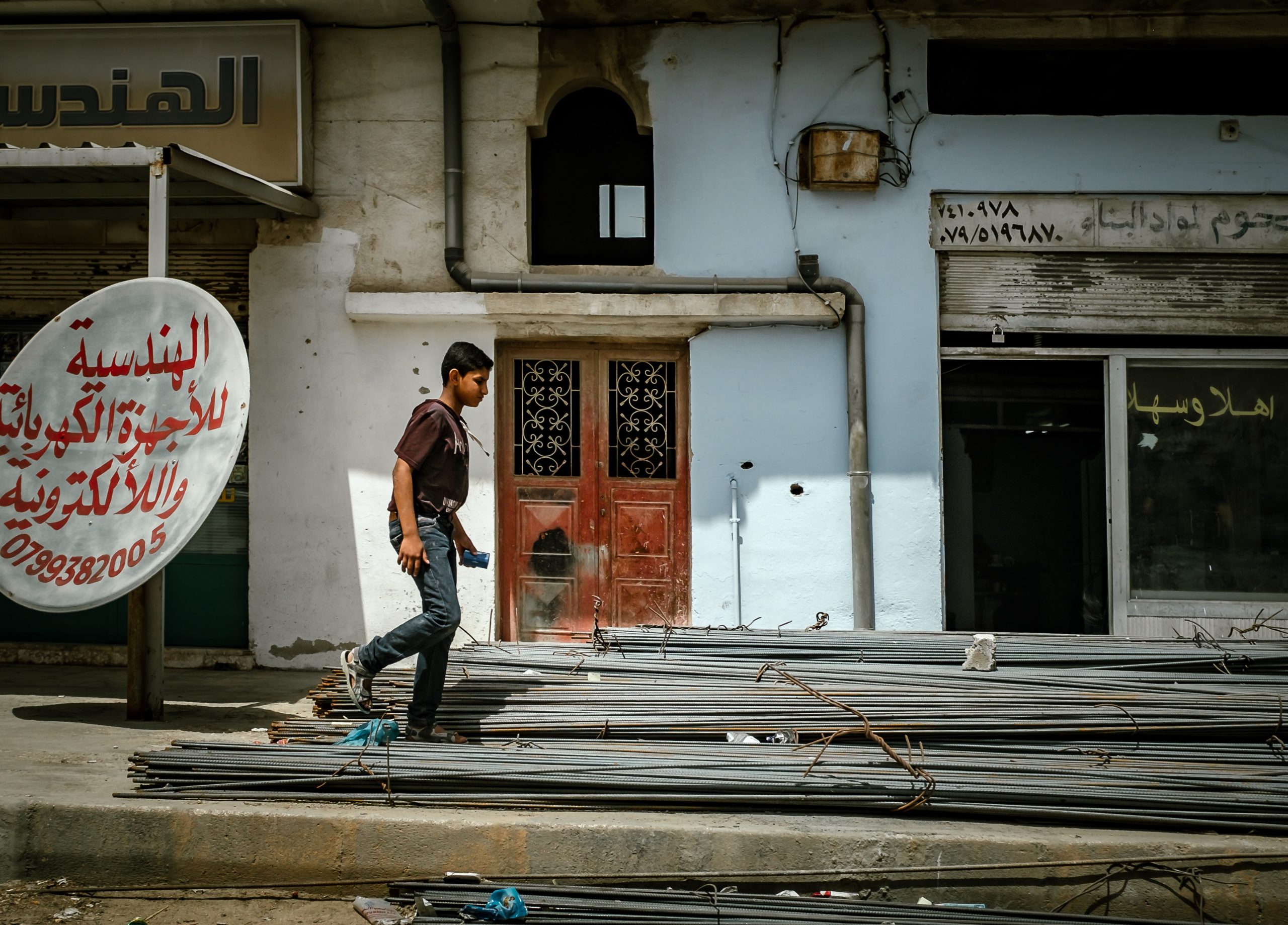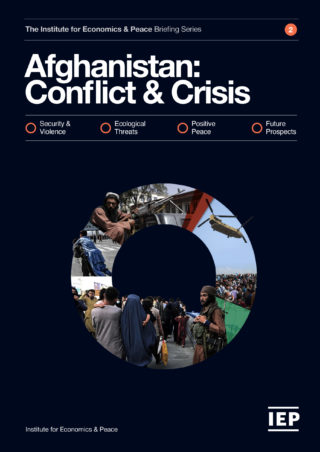‘If it bleeds, it leads,’ so goes the old newspaper adage, and there’s likely something like it in the proprietary prioritising and sorting algorithms used by Facebook, Instagram and Tik Tok.
I’ve noticed that conflict lends itself to storytelling, for reasons I only partly understand. Perhaps there are evolutionary reasons.
Perhaps we are more inclined to be interested in stories about danger and destruction so we may better equipped to understand, and ultimately avoid, danger to ourselves.
Perhaps the reason is cultural. Regardless, it’s a fact that armed conflict and violence is attractive to storytellers, both narrative and non-fiction and people are captivated by it.
‘It bleeds, it leads,’ so goes the old newspaper adage, and there’s likely something like it in the proprietary prioritising and sorting algorithms used by Facebook, Instagram and Tik Tok.
Peace, on the other hand, is not something storytellers love, except when used as a counter point or end state in a story about conflict (case in point: Tolstoy’s War & Peace).
Peace is many ways is also the absence of something, which makes it difficult create a story around.
Another thing I’ve noticed is that storytellers love are individual, personal stories. It moves our emotions.
The statistic that 3,700 people died crossing the Mediterranean in 2016 has little visceral effect on people, compared to a story about a weeping father cradling his drowned child, whose body was washed up on a cold pebbly beach after their boat sank fleeing the violence in their homeland.
Storytellers love conflict and abhor statistics, and both ideas are hurdles for the Institute of Economics & Peace in promoting our quantitative peace products like the Global Peace Index, a document that quantitatively gauge levels of peace in countries across the world, using only data and analysis.
There are two truths are at the core of my work: the first is that peace is much more than the absence of violence, and the second is that statistics understand the world in a holistic way personal stories never will.

At the IEP we understand that peace to has two forms.
One form is ‘negative peace’ which measures the levels of violence within societies. It’s important, but this says nothing about what creates a peaceful society.
The other is Positive Peace, which is the quantifiable foundation that long lasting peace and societal resilience is built on.
While negative peace is often mentioned in our research, Positive Peace is our foundational focus for societal transformation. Before launching the IEP, I had already set up The Charitable Foundation; one of Australia’s largest private foreign aid providers.
In that capacity I visited a number of areas that were either experiencing conflict or were in a post-conflict period, and it was in those travels that I started to think about peace.
I knew that people have long considered war a system, studying its causes and capacities, goals and attributes all the way back to Sun Tzu in the fifth century BCE and beyond, but what about Peace?

When I returned from a trip to Democratic Republic of Congo, I made a concerted effort to find out what was known about peace, especially how to measure it. After a while, I realised the answer was ‘not much.’
After conversations with Stuart Rees, the Founder of the Sydney Peace and Conflict Center and The Sydney Peace Foundation and meeting with a number of organisations dedicated to peace I decided that the best start towards a systemic understanding of peace would be an annual index of global peace, that can be used to compare the changes in peace globally, in regions and countries.
With such an index, a greater understanding of peace may be achieved. It would also be an integral step towards our later work in Positive Peace and the concept’s eight foundational pillars.
The IEP launched the first Global Peace Index in 2007 and it was, what we in the software industry call, a minimum viable product, but it was successful.
This essentially means that the product was robust and workable in all circumstances, but without any of unnecessary ephemera.
It was more go-car than luxury sedan, but interesting insights emerged in the report and index, like the quantifiable confirmation that military expenditure was not rising in a post-cold war environment, counter to conventional wisdom.
What we were able to do by ranking countries according to their peace was to take the absence of violence, which is a non-event, and turn it into news.
People love rankings, its probably related to our competitive nature. The initial launch received billions of media impressions and was covered by the likes of CNN, BBC, FOX, The Economist, Guardian and many more.
Since 2007 we have expanded significantly our product offering, but we still find that the annual Global Peace Index receives great publicity.
The 2021 Global Peace Index includes significantly larger data sets, now from 163 countries representing more than 99.7% of the world’s population, but still the product is assiduously without narrative.
The aim of products like the Global Peace Index and others that hope to understand peace as a system, is to move beyond individual stories which are almost always partial.
The secondary effect of this is that our products may act as a silent editor and bring some context for these individualistic and sometimes biased stories that I have no doubt will continue to be produced. Each of the tens of millions of data points tell a story, yet only the aggregated data can tell the whole story, that is why measurement matters.
After all, we’re only human and we all like a great story.

In this briefing, we investigate security, violence, ecological threats, levels of Positive Peace and the future prospects of Afghanistan.
Download now